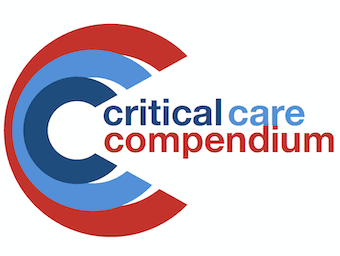
Léon Clément Le Fort
Léon Clément Le Fort (1829 – 1893) was a French surgeon. Eponym: Wagstaffe-Le Fort fracture (1886); Le Fort Operation for uterine prolapse; Le Fort amputation; Le Fort Male Catheter; and Le Fort sound. Godfather of FOAM 'Liberté de l'enseignement'

